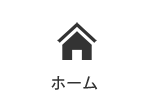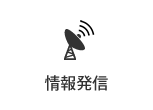本文
No.2(1999)30.Estimation of γ irradiation induced genetic damage by Ames test
Eiko HOSODA
Mutation by 60Co γ irradiation was studied in five different histidine-requiring auxotrophs of Salmonella typhimurium. The strains TA98(sensitive to frameshift) and TA100 (sensitive to base-pair substitution) were irradiated (10-84Gy and 45-317Gy, respectively) and revertants were counted. TA98 exhibited radiation-induced revertants, 2.8 fold of spontaneous revertants, although no significant increase was detected in TA100.Then, three other frameshift-sensitive strains TA1537, TA1538 and TA94 were irradiated in a dose of 61-167Gy. Only in TA94, revertants increased 3.5 fold. Since spontaneous revertants are known to be independent of cell density, a decrease of bacterial number by γirradiation was confirmed not to affect the induced revertants by dilution test. Thus the standard Ames Salmonella assay identified γ irradiation as a mutagenetic agent. The mutagenicity of dinitropyrene, a mutagen widely existing in food, and dismutagenicity of boiling water insoluble fraction of Hizikia fusiforme, edible marine alga, were tested on γ induced revertant formation in TA98 and TA94. Dinitropyrene synergistically increased γ induced revertants and Hizikia insoluble fraction reduced the synergistic effect of dinitropyrene dependently on the concentration.
Keywords
60Coγirradiation, mutagenicity, Ames test, Salmonella typhimurium, TA98, TA94, frameshift-sensitive strain, dinitropyrene, Hizikia fusiforme, dismutagenicity













